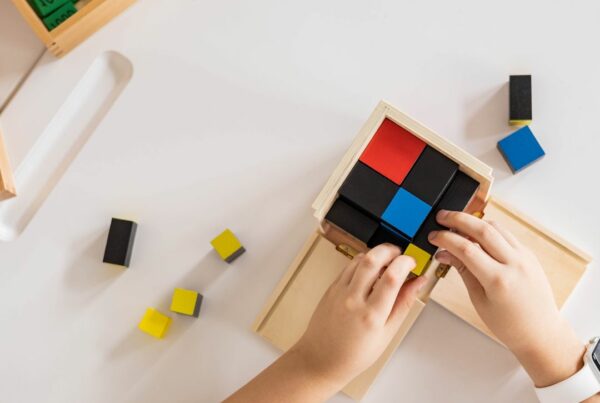Teachers and educators around the country are dealing with more behavioral problems in classroom than ever before, which creates a variety of challenges when trying to develop and maintain secure and effective learning environments. Some children struggle to complete their English and math assignments on time, pay attention in class, and complete chores. These issues, however, may be an indication of behavioral problems in students that parents, guardians, and instructors are not completely aware of.
Behavioral issues can occur at any stage of life. However, they mostly impact teens and elementary school students. Sometimes the symptoms are too familiar to comprehend, resulting in a frequent misunderstanding. It is highly recommended to observe the pattern among students and work with them accordingly.
A few types of behavioral problems in students:
Disturbance in classroom: Most misunderstood type of behavioral problems in students is when they throw tantrums around the classroom, making noise and disturbing the classroom.
Impatience: The amount to which the teenager begins work too fast, is sloppy, refuses to evaluate work, and rushes through work. Physically active and agitated.
Anxiety-Depression: In this type of behavioral problems in students, they appear uncomfortable, with a drawn and hard face, tears readily at the slightest provocation, does not talk to anyone, and shows little interest in anything. These teenagers become angry over test results and are sensitive to criticism or correction.
External reliance: The capacity in which children look on others for guidance, demand exact guidance, and have difficulties making their own judgments. This sort of behavioral problem in students fosters dependability in them for the rest of their lives.
How to understand the behavioral problems in students?
Waiting for a situation to escalate before intervening is likely the most common mistake made in schools when it comes to decreasing behavioral problems. Today’s trivial issue will become a major concern tomorrow. Teachers must be able to recognise certain warning signals of prospective behavior difficulties before they evolve into full-fledged outbursts that may interrupt classroom activity. Supporting the child, teaching them alternative behaviors, and providing them extra time or a break from work when they engage in disruptive activities, such as tapping a pen, are likely to prevent things from spiraling out of control.
An experienced teacher can sometimes see the difference between students having random tantrums and students who have behavior problems. However, all teachers and parents must grasp the distinction, and personality assessment tests are one of the greatest ways to identify behavioral problems in students.
Swayam analytics pvt ltd. delivers the most trustworthy personality tests to schools, which not only assist kids in identifying their qualities and finding relevant career alternatives, but also assist teachers and parents in identifying any issues children may be enduring. These personality tests may be done independently, and the results are guaranteed to be 99% correct.
How to manage behavioral problems in students?
The tools and instruction teachers need to handle behavior problems in students‘ classrooms must be provided by school systems to teachers. Due to time constraints, staff shortages, and budget limitations, this is usually not the case. Some essential strategies and techniques are easily accessible to teachers. For teachers and other educators, we’ve included some tips and insights that can help them recognise and manage behavioral problems in the classroom.
- Any teacher’s first priority is to defuse the situation of behavior problems in students. It’s critical that they comprehend what they are entering. It’s not always the correct time to admonish a student if they are significantly disturbing the class. Teachers should take the necessary action to defuse tense situations and resolve problems discreetly, either with parents or by themselves with students.
- Reset the circumstance of behavior problems in students. Instead of engaging in a fruitless back-and-forth with a student, inquire if they would like to go outdoors and breathe some fresh air for five minutes. A pause may be a very powerful strategy for getting back on track.
- Recognize that a child’s life includes much more than just education. There are many behavioral problems in the classroom that are not related to education. Work with administrators and school counselors as necessary to help the student with his or her issues in life.
- Teachers can offer the student a substitute for their difficult actions. Instead than merely telling the student to “stop,” teachers can offer a suitable solution. Encourage the learner to use a sheet of paper to sketch on if they are pounding the desk with a pen. This will keep their hands engaged.

